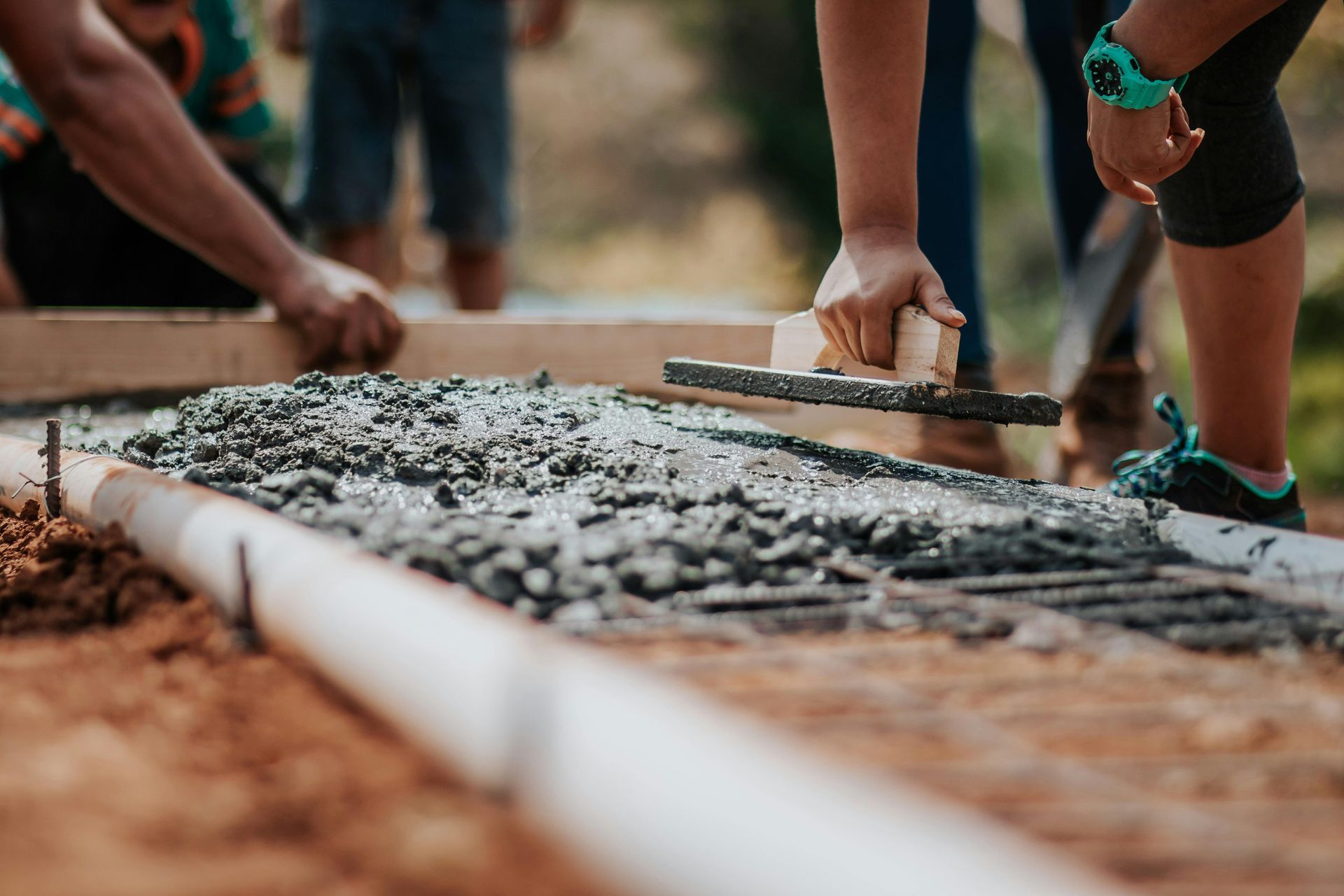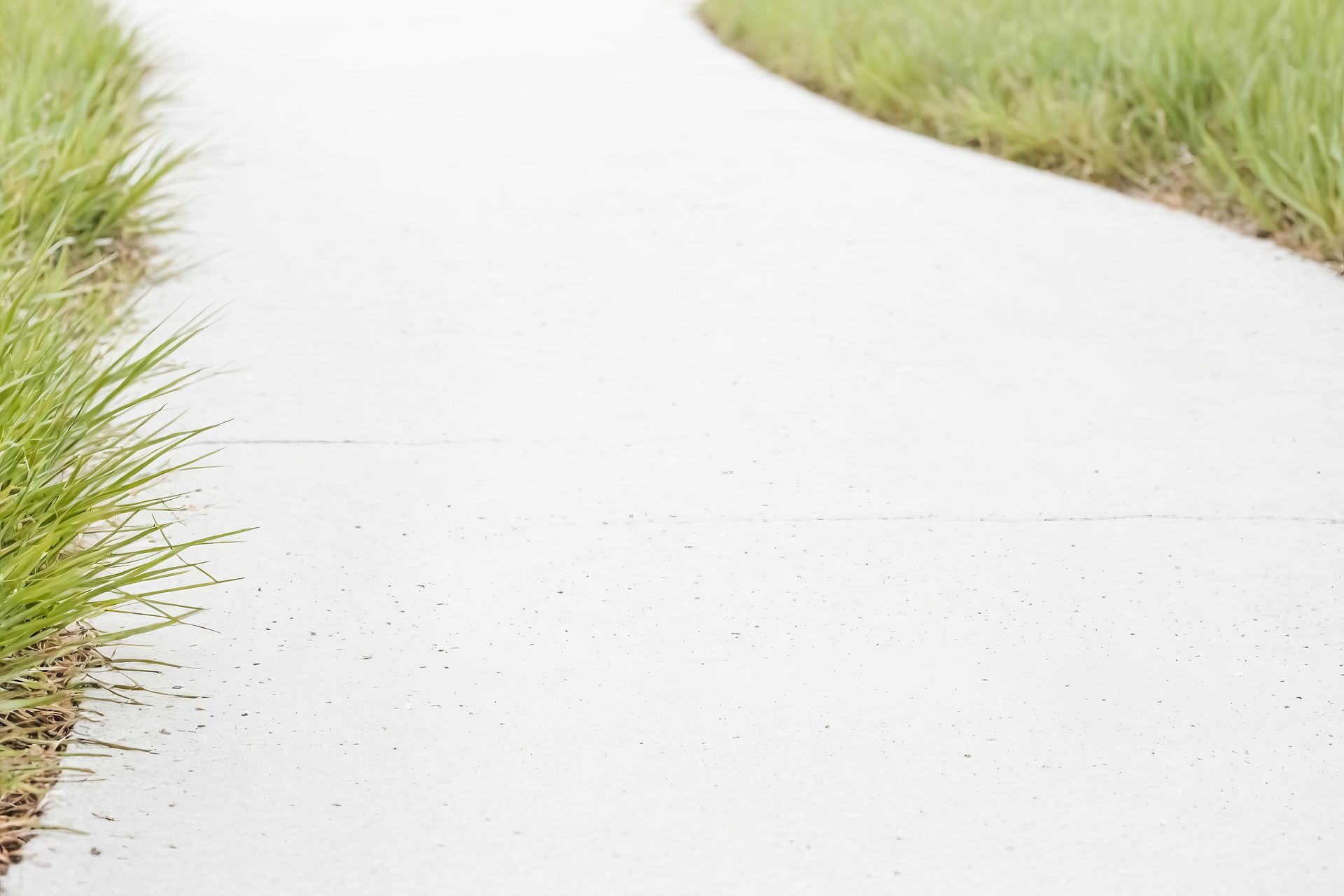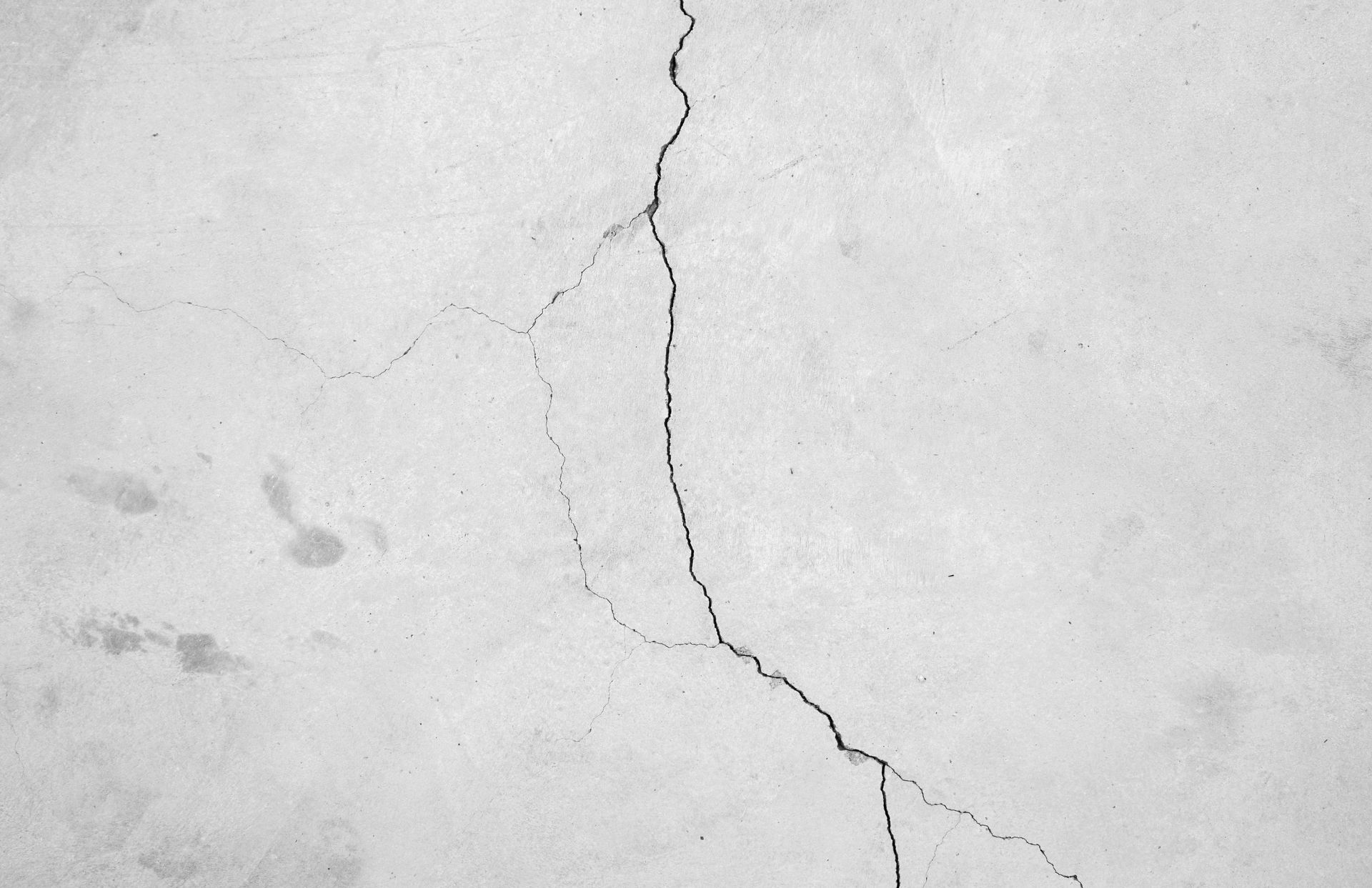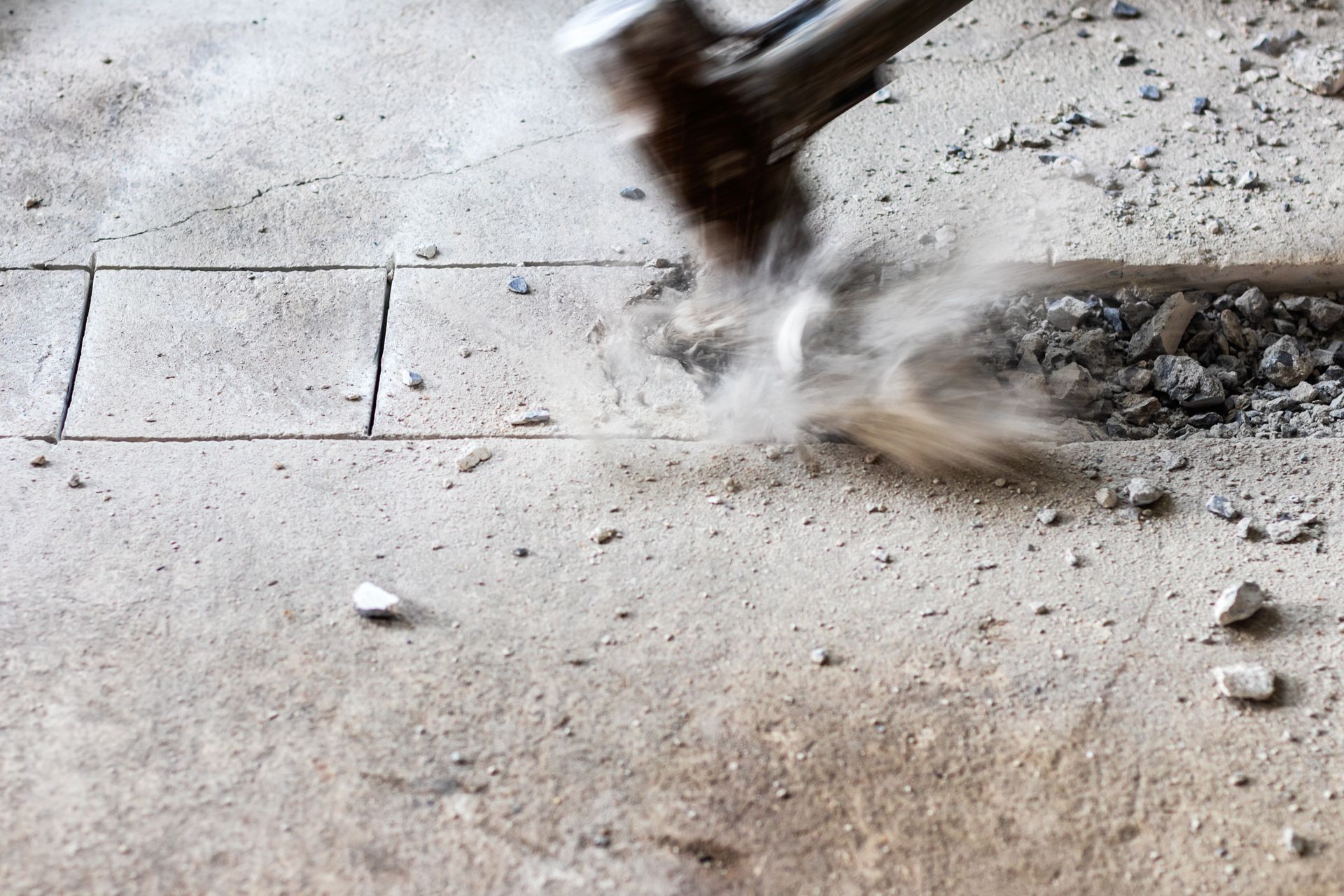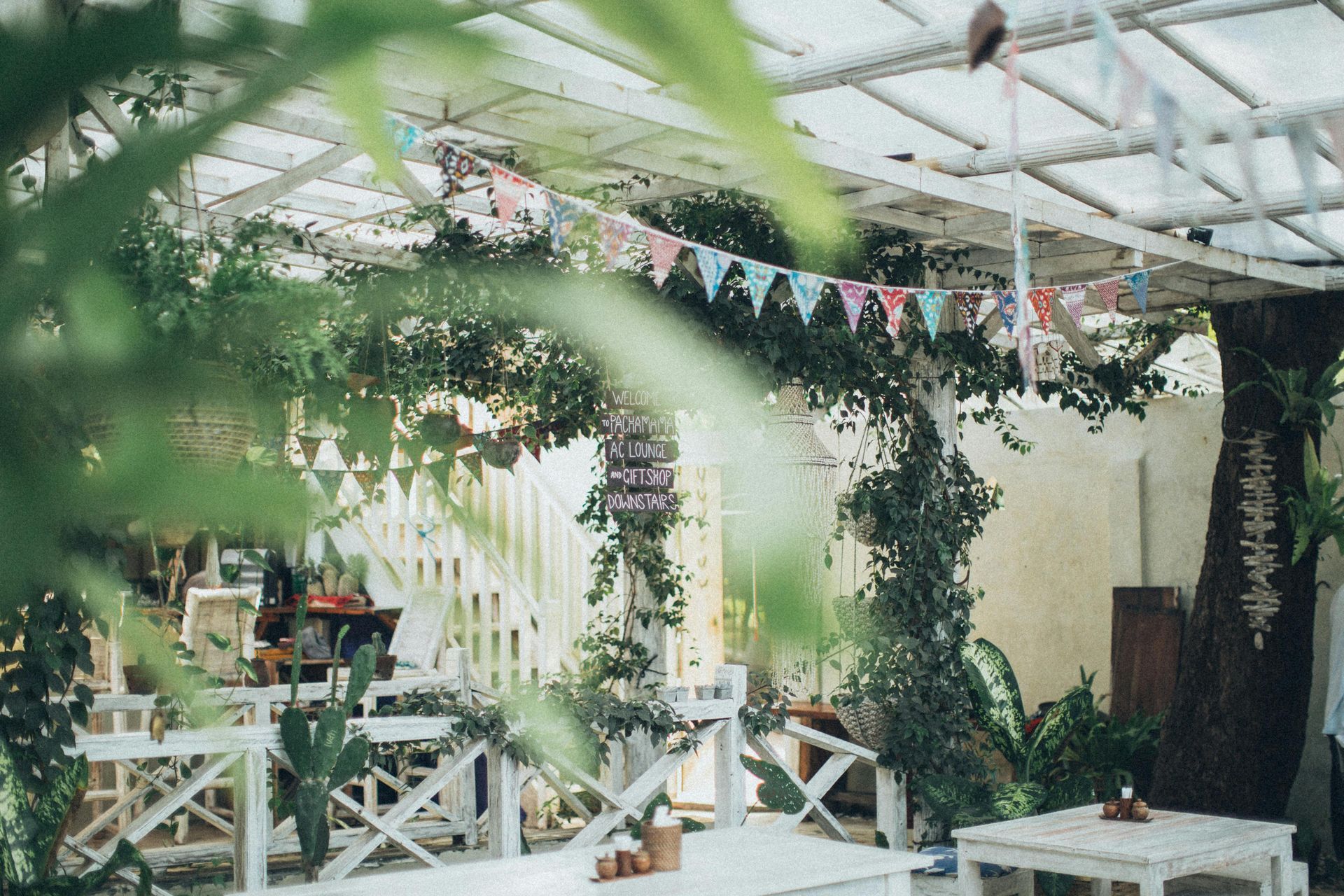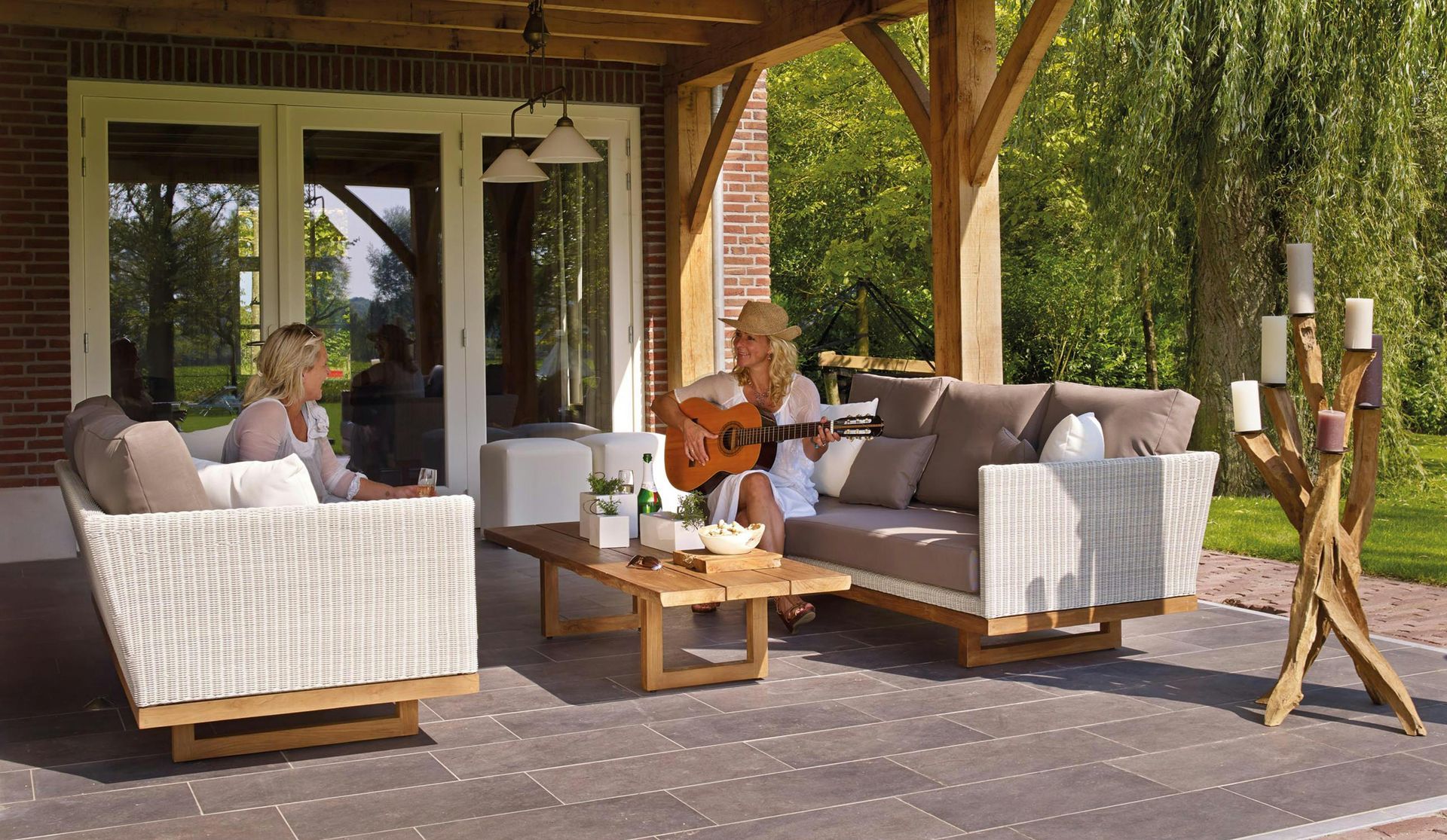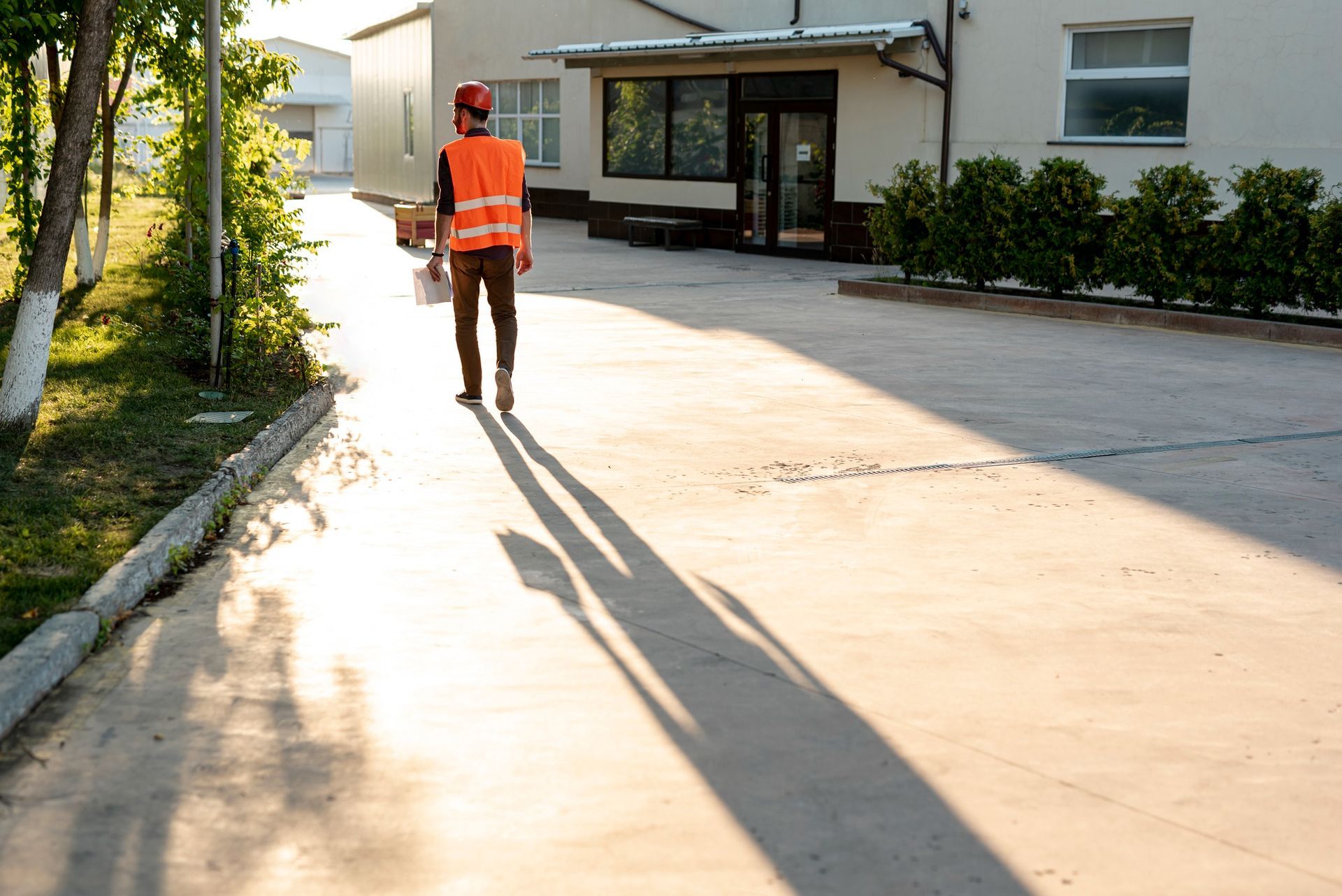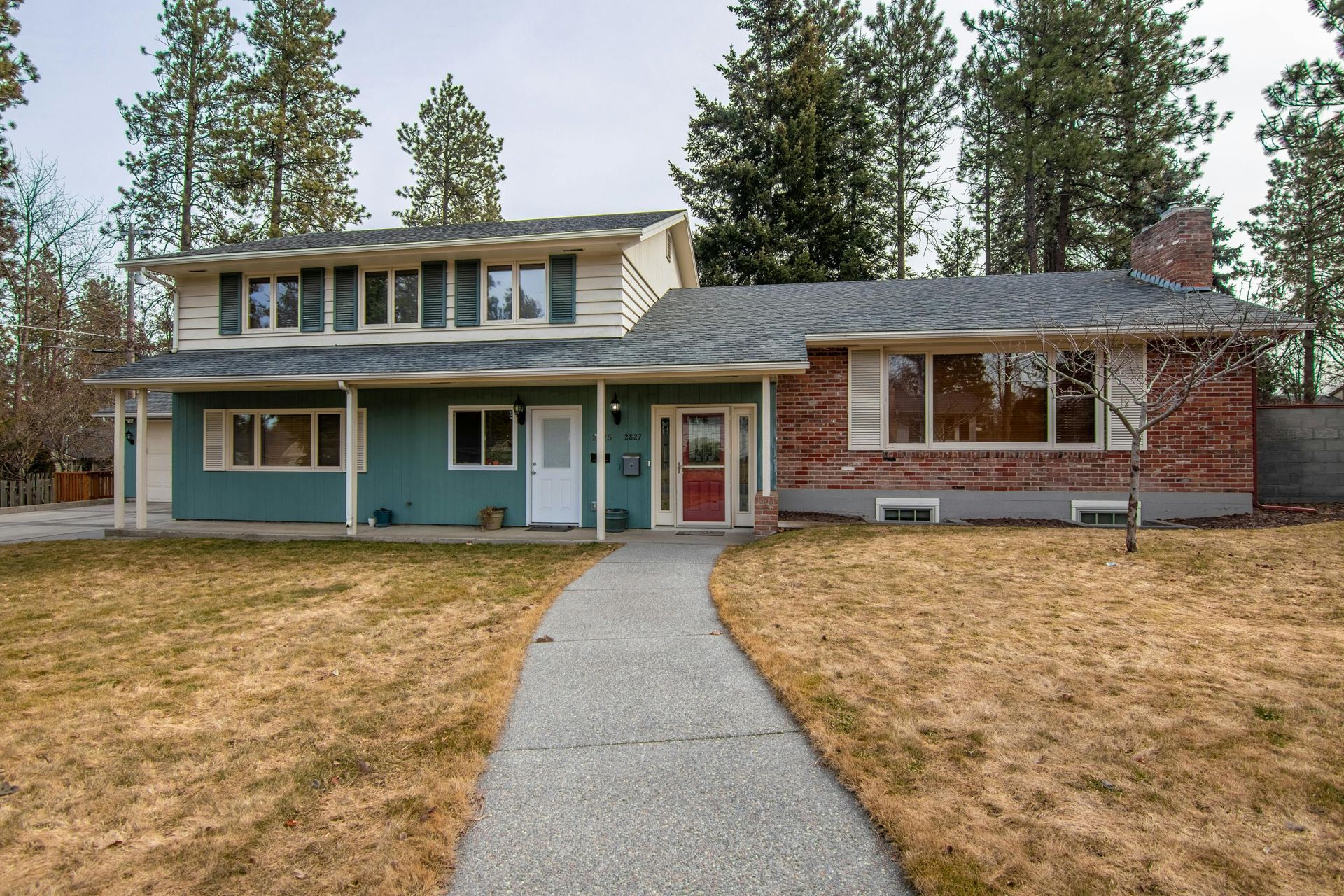A well-designed landscape should incorporate a variety of features that work together to create a cohesive and pleasing overall look. One important element of any landscape design is the walkway. Walkways can serve both functional and aesthetic purposes, and when designed correctly, can add real value to your property. Here are a few things to keep in mind when incorporating a walkway into your overall landscape design.
Define the purpose of your walkway. Do you want it to be a functional path between two points, or more of an aesthetic feature in your yard?
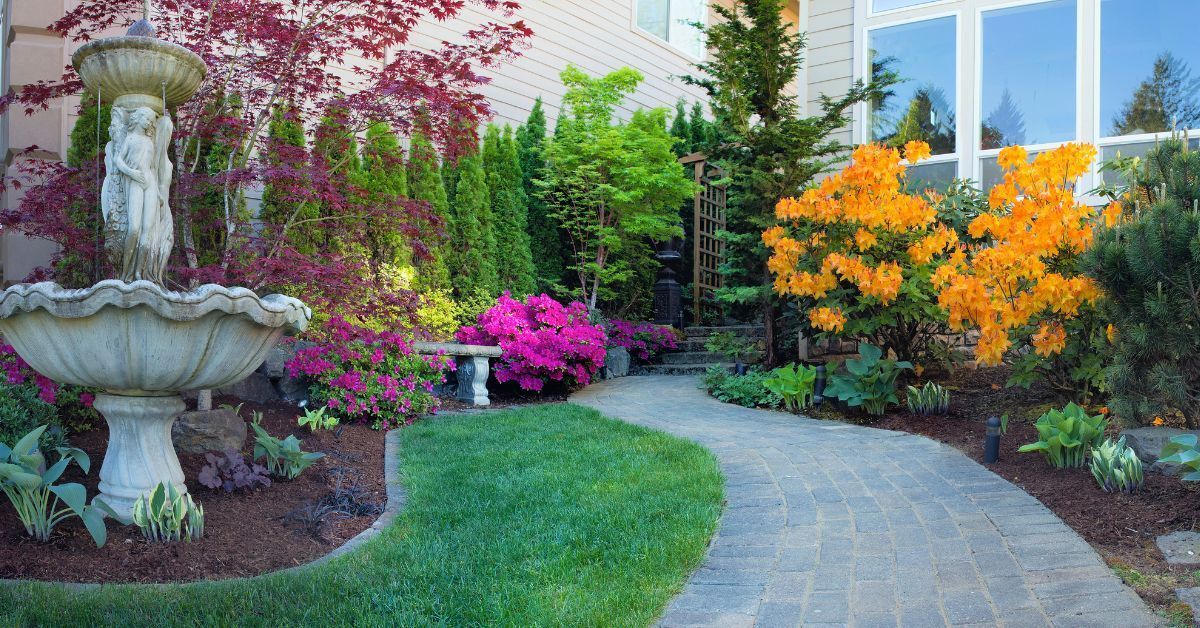
Walkways can serve both functional and aesthetic purposes. Depending on your individual needs, you can choose between a walkway that is designed primarily with usability in mind or one which is built to create an inviting atmosphere. If practicality is the main concern, then it's best to plan for different material and installation methods that are tailored toward transportation such as flagstone paths and staircases. Alternatively, if you're looking for something more ornamental, consider designs that feature efficient drainage channels surrounded by beautiful landscape foliage. Ultimately, it's up to you to decide what type of walkway suits your needs best.
Consider the materials you'll use. Will you go with pavers, concrete, gravel, or something else entirely?
When choosing the materials to complete your landscaping project, it is important to consider all of your options. Pavers are a great choice if you want something that is both durable and aesthetically pleasing. Concrete is an option for its affordability and versatility, allowing for endless creative possibilities. Gravel is perfect for a low-maintenance project as it requires minimal maintenance. Ultimately, when deciding which material to use, be sure to think of the advantages and disadvantages in order to make an informed decision that will best suit your needs.
Decide on the shape and size of your walkway. How wide do you want it to be, and how long will it need to be to get from point A to point B?
Deciding on the shape and size of your walkway is a crucial step in the planning process. It's important to consider how wide you want it to be, along with how long it needs to be in order to get from one point to another. Being aware of the direction of foot traffic will help you determine the most efficient width and length for your walkway. Estimating the circumference of curves when applicable is a necessity, as this will aid in obtaining accurate measurements for your new walkway. Whether your project requires an unusual or standard shape, proper measurements must be taken into account for a successful result.
Plan for any obstacles. If you have trees or other features in your yard that might get in the way, make sure to account for them in your design.
When planning your yard, it's important to know how to account for any potential obstructions. If there are trees, bushes or other features in your yard that might cause a problem for your design, make sure you take them into consideration when creating your plan. The last thing you want is to have a lot of energy put into a design only to discover that a tree or some shrubbery interfered. Plan ahead so that you can enjoy the most out of the space and have the garden or landscape of your dreams without issues arising!
Determine how much maintenance you are willing to invest. Walkways require regular upkeep, so it's important to keep this in mind before beginning your project.
When planning for a walkway in your landscape design, it is essential to know the amount of maintenance that comes along with the project. No matter what type of material you choose, walkways need to be kept clean and in good condition, for it to remain safe and attractive. For this reason, it is important to know how much time and effort you are willing to invest in upkeep before beginning your project. Consider the types of maintenance that will be necessary such as rinsing off debris and weeds, weeding or edging, and repairing cracks or chips. Be aware of the potential costs of materials for maintenance as well so that your project does not become an unexpected expense.
Don't forget about the lighting! You'll want to make sure your walkway is well-lit so that it's safe to use at night.
Good lighting is key when it comes to creating a safe and functional pathway. The illumination should be bright enough that you can clearly see the edge of the walkway and any obstacles on it. Additionally, proper lighting adds a layer of security and can create a beautiful display in your outdoor area at night. Consider installing solar-powered path lights as an energy-efficient option or go for permanent or temporary options depending on your preferences. With the wide array of lighting solutions available, you're sure to find one that will perfectly meet your needs.
Finally, choose a professional to help you with installation or repairs. Even if you are confident in your DIY abilities, it's always beneficial to have someone who is knowledgeable and experienced to ensure the best results.
While there is a lot of work that goes into planning and installing a walkway, the end result can be incredibly rewarding. With careful consideration and attention to detail, you can create an attractive pathway that will add visual appeal to your landscape design while providing easy access to different areas in your yard. By taking all of the above steps into account, you’ll be able to design and install a walkway that is both functional and aesthetically pleasing!
No matter what you decide to do with your walkway, it's important to consider all of the details and plan ahead for a successful result. From selecting the right materials to accounting for potential obstacles and adding lighting, there are many things to consider when designing your landscape project. With proper planning, you can create a beautiful walkway that adds value to your property and enjoyment to your outdoor space. Don't be afraid to get creative, have fun, and enjoy the process of turning your vision into reality!
A well-designed walkway can add beauty and function to your home. When planning your own walkway, be sure to consider the purpose, materials, shape and size, obstacles, and lighting. With a little bit of planning, you can create a walkway that's perfect for your needs.
